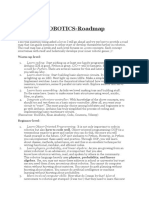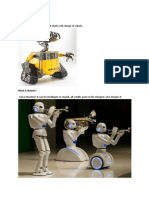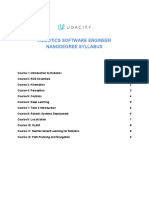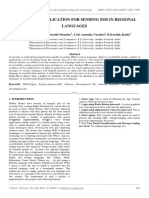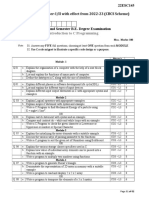0% found this document useful (0 votes)
17 views12 pagesIntroduction To Robotics
The document provides an overview of robotics as an interdisciplinary field combining computer science and engineering to create intelligent machines. It outlines a structured learning roadmap divided into beginner, intermediate, and advanced levels, covering essential topics such as math, programming, control systems, and AI. Additionally, it highlights important software tools and resources for aspiring robotics enthusiasts.
Uploaded by
dibyaprakash451Copyright
© © All Rights Reserved
We take content rights seriously. If you suspect this is your content, claim it here.
Available Formats
Download as PDF, TXT or read online on Scribd
0% found this document useful (0 votes)
17 views12 pagesIntroduction To Robotics
The document provides an overview of robotics as an interdisciplinary field combining computer science and engineering to create intelligent machines. It outlines a structured learning roadmap divided into beginner, intermediate, and advanced levels, covering essential topics such as math, programming, control systems, and AI. Additionally, it highlights important software tools and resources for aspiring robotics enthusiasts.
Uploaded by
dibyaprakash451Copyright
© © All Rights Reserved
We take content rights seriously. If you suspect this is your content, claim it here.
Available Formats
Download as PDF, TXT or read online on Scribd
/ 12








